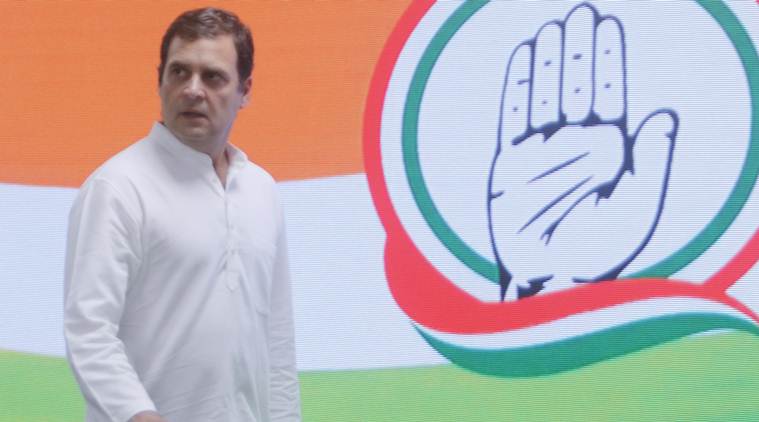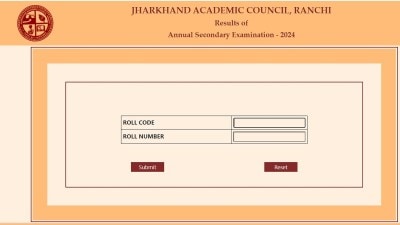- India
- International
Rahul just one factor, as Congress rides Sabarimala gains in Kerala
The UDF ended up getting 19 out of 20 seats, while the sole Left Democratic Front (LDF) seat was Alappuzha, which the CPI(M) won from the Congress. In 2014, the UDF tally was 12 and the LDF eight.
 Rahul Gandhi. (Express photo: Anil Sharma)
Rahul Gandhi. (Express photo: Anil Sharma)
Bucking the national-level Modi wave, Congress-led United Democratic Front (UDF) stormed Kerala with its best ever electoral show, retaining the party’s traditional strongholds as well as uprooting the CPI(M)’s long-standing fortresses.
The BJP, which had been banking on entering Kerala on the back of the Hindu faithful’s sentiments on Sabarimala, again drew a blank.
The UDF ended up getting 19 out of 20 seats, while the sole Left Democratic Front (LDF) seat was Alappuzha, which the CPI(M) won from the Congress. In 2014, the UDF tally was 12 and the LDF eight.
0
The consolidation of minority voters driven by apprehensions over a resurgent BJP, the anger of Hindu faithful against the CPI(M) government’s stand on Sabarimala, and the candidature of Congress president Rahul Gandhi from Wayanad, all are believed to have fuelled the UDF’s massive win.

READ | Decoding 2019 Lok Sabha elections verdict
Apart from Rahul, other prominent Congress winners were sitting MP Shashi Tharoor, senior party leaders K Muraleedharan and Kodikkunnil Suresh.
More than the Congress, it was the CPI(M) that had raised the “Modi spectre” in Kerala during campaigning. It had also projected itself as the best option for minorities against the BJP, underlining the switch of several Congress leaders to the BJP in many states.
EXPRESS DATA | Election results dashboard
However, the fact that it was the Congress that reaped the dividends of minority voting, particularly Muslims, was evident from the huge gains for the UDF in North Kerala, where Muslims have a significant presence.
Meanwhile, the Hindus hurt by the Pinarayi Vijayan government’s support for the court decision to allow women of all ages into the Sabarimala shrine appear to have swung behind the Congress, with the party seen as better placed to defeat the CPI(M) than the BJP. Among those seen to have voted for the UDF on the issue were women from Communist parties.
The swelling margin of winners underlined the pro-UDF wave. Of the 19 UDF winners, at least seven won by more than 1 lakh votes. In contrast, in 2014, the difference between the UDF and LDF in Kerala was only 3,35,570 votes. Only part of the change can be attributed to the increase in polling percentage this time: 77.68% from 74.02% in 2014.
The silent anti-farmer sentiments against the LDF government in flood-hit Idukki also worked in favour of the Congress, with the party’s Dean Kuriakose winning by 1.71 lakh votes.
The CPI(M) also again lost from its strongholds of Vatakara and Kozhikode. It also lost Kasaragod after 35 years, to the Congress’s Rajamohan Unnithan, while in Kannur — the home town of Politburo members Kodiyeri Balakrishnan and Pinarayi Vijayan — CPI(M) central committee member P K Sreemathi lost to Congress heavyweight K Sudhakaran. A dominating theme in these North Kerala constituencies had been recent political killings, for which the CPI(M) was in the dock.
The prominent losers were the BJP’s Kummanam Rajasekharan, who quit as Mizoram governor to take on Tharoor in the state capital, CPI(M) sitting MPs M B Rajesh,
Apr 19: Latest News
- 01
- 02
- 03
- 04
- 05






































